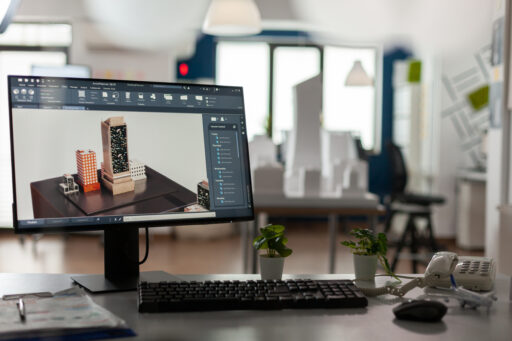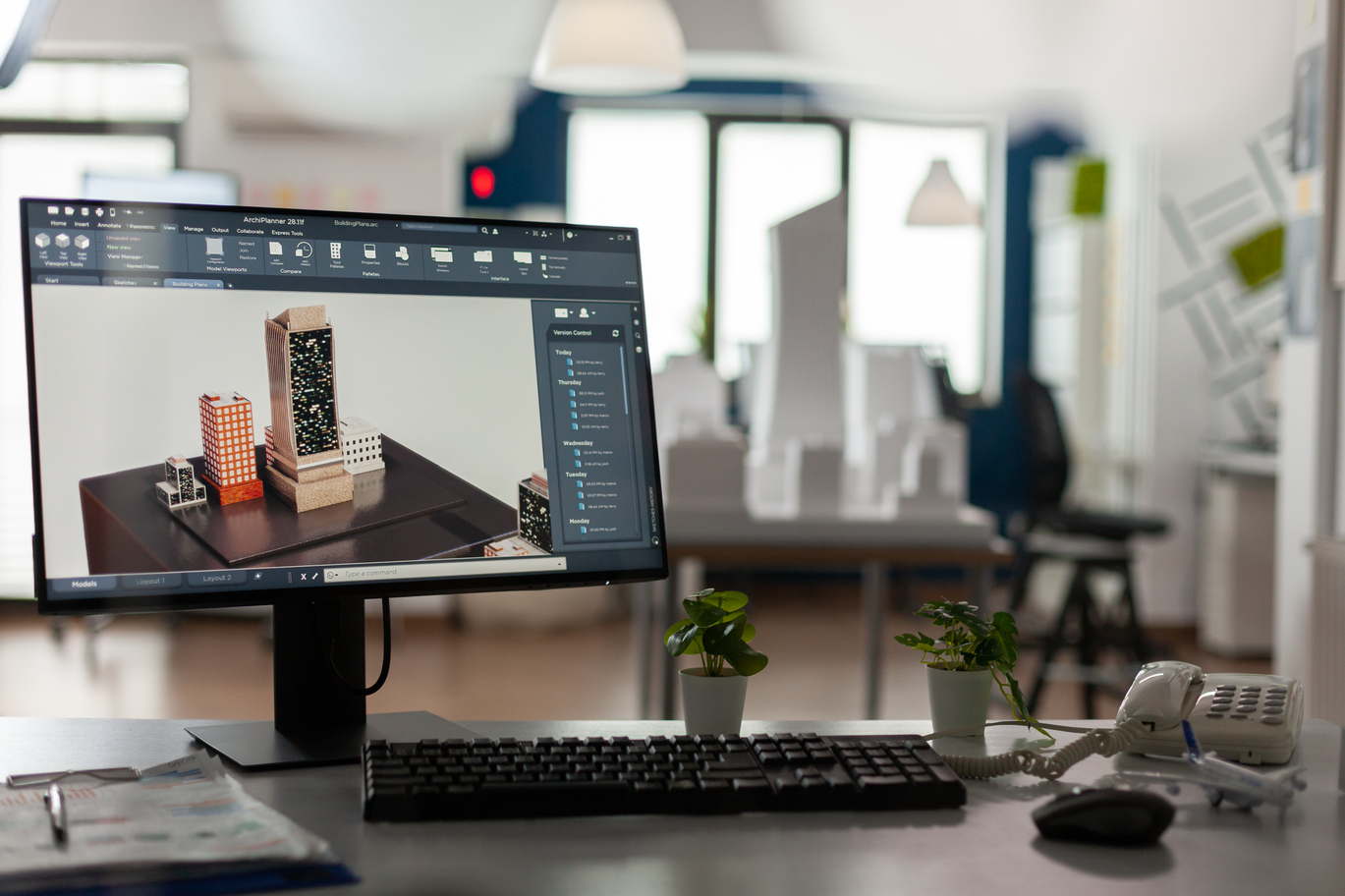Mastering 3D modelling is easier than you think. You need the right approach and techniques. 3D modelling lets you create amazing designs, enhance marketing visuals, and develop prototypes. The possibilities are endless. Let’s explore the key parts of 3D modelling. We’ll also look at ways to make high-quality models in a short amount of time.
Why 3D Modeling Matters
Today’s customers expect more from digital experiences. They want solutions that are immersive and engaging. This includes AR/VR, 3D animations, and virtual prototypes. 3D modelling is key to these technologies. It lets businesses and people create realistic, functional designs. 3D models offer better accuracy than traditional 2D images. They also enhance visual significance and provide a fuller representation of products.
What is 3D Modeling?
3D modelling makes digital versions of objects. It captures height, width, and depth. It’s used in many fields, such as manufacturing, gaming, architecture, e-commerce, and product design. 3D modeling helps businesses. It shows products as they will look in real life. It also lets them see ideas before they create them. Plus, it helps spot design problems early.
Key Advantages of 3D Modeling:
- Creates realistic product prototypes.
- Enhances customer understanding of dimensions and design.
- Provides better visualization compared to 2D images.
- Enables accurate material and texture representations.
- Supports AR/VR applications for interactive experiences.
Types of 3D Modeling Techniques
Different industries use various 3D modelling techniques based on their specific needs. Here are some common approaches:
- Polygonal Modeling: Used in gaming and animation, this method builds models using interconnected polygons.
- CAD Modeling: Ideal for engineering and manufacturing, offering precise and scalable designs.
- Sculpting: Popular in character design, allowing detailed, organic shapes.
- Procedural Modeling: Creates automated 3D objects using algorithms, ideal for landscapes and architecture.
- Parametric Modeling: Allows adjustable designs with defined parameters, useful in product development.
How to Create a 3D Model
1. Collecting Input Data
Before starting, gather all necessary details about the product. A detailed scope of work ensures accuracy and reduces revisions. This includes:
- 2D drawings and blueprints
- Product photos from all angles.
- Accurate measurements
- Texture references for realistic materials.
- Sample images to align with client expectations.
The more detailed the input, the better the final 3D model.
2. Building the Geometry
Artists use 3D software to create the object’s basic shape first. Then, they refine the details step by step. The process typically follows these steps:
- Create a base shape with accurate proportions.
- Add finer details such as fittings, curves, and intricate features.
- Ensure proper scaling to maintain realism.
- Optimize the geometry for smooth rendering.
3. Applying Textures and Materials
Textures bring life to 3D models by simulating real-world surfaces. Depending on the project, artists can:
- Choose pre-made textures from a digital library.
- Create custom textures for unique materials.
- Use specialized software to achieve photorealism.
Realistic materials boost the model’s look. They make it great for high-quality rendering and presentations.
4. Revising and Adjusting the Model
Creating a perfect 3D model on the first attempt is rare. Revisions are essential to match client expectations. Artists refine the model based on:
- Client feedback and requested modifications.
- Material adjustments to enhance realism.
- Geometry corrections for better proportions.
- Lighting and shading tweaks for improved visuals.
5. Exporting the Final Model
Once approved, the team exports the 3D model in the required format, such as:
- OBJ (for compatibility across platforms)
- FBX (for animation and gaming engines)
- STL (for 3D printing)
- GLTF/GLB (for web-based 3D visualization)
The correct file format ensures seamless integration into different applications.
Benefits of Creating 3D Models
Powerful Marketing Tool
Industries increasingly rely on 3D modelling for marketing and sales. A 3D product view helps businesses pitch ideas and attract customers better than 2D images. It’s a cost-effective and highly impactful technique for digital marketing and e-commerce.
Fast, Accurate, and Photorealistic
3D models help designers view products from various angles. They can spot flaws early and make quick changes before finalizing prototypes. This speeds up the design process and ensures high-quality output.
Improved Efficiency and Design Quality
3D modelling inspires creativity and enhances productivity by streamlining workflows. It enables designers to explore innovative ideas with greater precision and efficiency.
Seamless Design Expansion
With advanced 3D software, creating complex designs and patterns is effortless. This creates many options for product changes and customization. As a result, it improves customer engagement.
Eliminates Language Barriers
A 3D model speaks for itself. A good 3D model shares design intent clearly. It helps everyone understand the idea, no matter where they are or what industry they work in.
Final Thoughts
The power of 3D modeling lies in its ability to transform ideas into realistic, functional designs. 3D modeling gives great benefits in visual storytelling and accuracy. This is true for product development, marketing, and digital content creation.
Looking for professional 3D modelling services? Partner with industry experts to bring your ideas to life with cutting-edge 3D visualization. Start creating high-quality 3D models today and elevate your projects to the next level!




